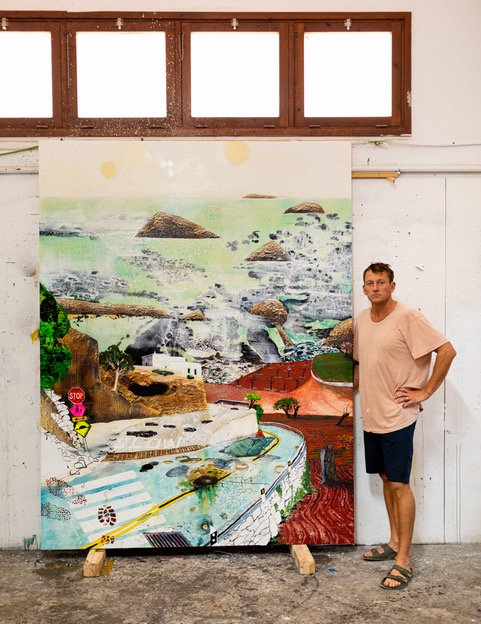Born in Melbourne, William Mackinnon now works between Ibiza and Melbourne. He studied at Melbourne University and was an assistant to artists’ Kim Westcott and Tim Maguire before completing post-graduate training in London and Melbourne. He has held over 20 solo exhibitions, received numerous awards and featured in group shows at NGV Melbourne, the Art Gallery of South Australia and The Royal College, London. His work is held by collections and institutions including NGV Melbourne, Parliament House Art Collection and National Gallery of Australia and Colección SOLO Madrid.
Rebekah Rhodes, Madrid 2025

